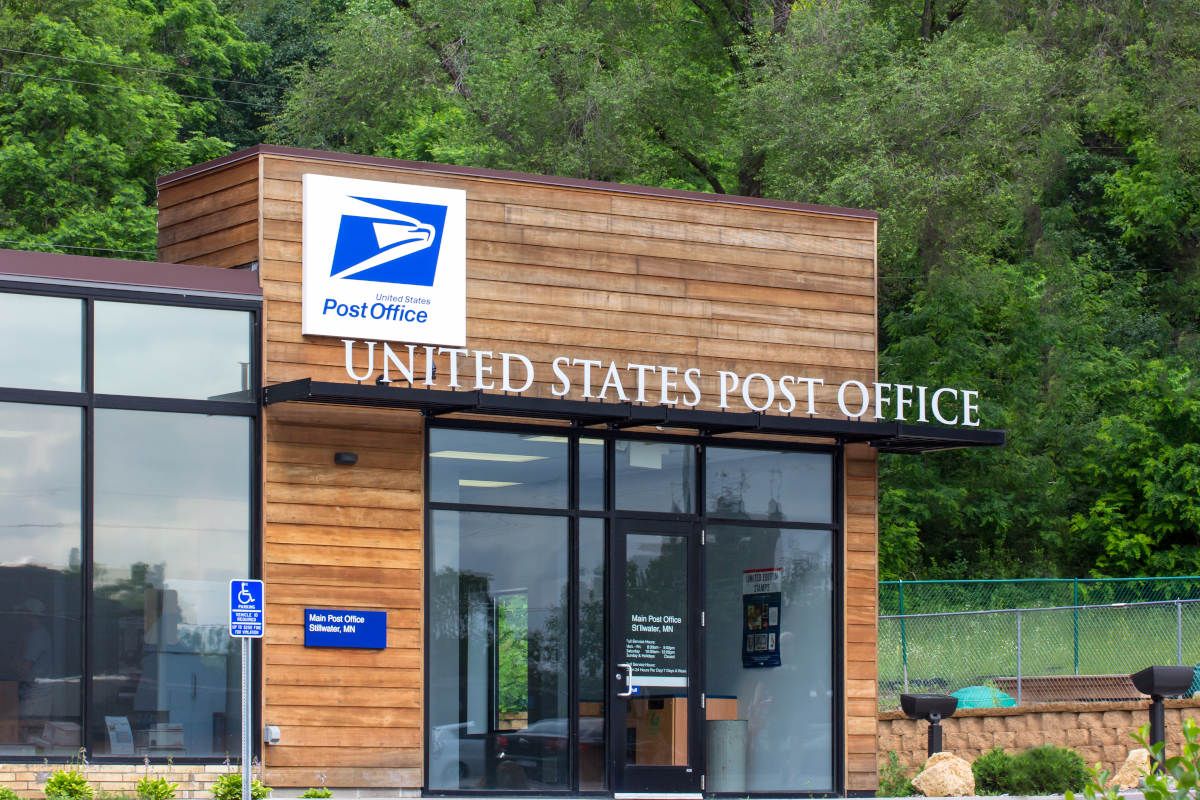Postal Banking Movement Gaining Supporters

You might not think of going to the post office to cash a check or take out a small loan. But that’s something that happens routinely in countries all over the world. In fact, it happened here from 1911 until 1966 and there is a growing movement to reinstate it, especially in “banking deserts,” neighborhoods that don’t have convenient brick-and-mortar banks.
It’s estimated that 63 million Americans don’t have bank accounts. In some cases, it’s because they live in a rural area with no banks nearby, in others because they live in a low-income urban neighborhood that’s been written off by the banks.
Whatever the reason, being “unbanked” puts these consumers in a very awkward position and making it very hard for them to get ahead economically. Not having a checking account also makes it hard to rent an apartment, pay utility bills or do any of the other routine tasks others take for granted. When you don’t have a bank account, you either have to subsist on jobs that pay you in cash or rely on expensive check-cashing stores or, worse yet, payday lenders.
State governments have been trying to stamp out payday lenders, who charge outrageous interest rates for small, short-term loans that trap consumers in a debt spiral many never escape. But loopholes in federal regulations allow payday lenders to operate with impunity in many cases, frustrating efforts to give the working poor a grasp at solvency.
Post offices are everywhere
That’s where postal banking comes in. There may not be fresh vegetables, health facilities, playgrounds or banks in many poor neighborhoods but it’s hard to find anywhere in the United States that’s more than a few miles from a post office. A Congressional movement to extend banking services through post offices is underway, with supporters saying it would also revitalize the Postal Service.
Representatives Marcy Kaptur (D-OH), Bill Pascrell, Jr. (D-NJ), Alexandria Ocasio-Cortez (D-NY) are leading 33 House members in the effort to launch a pilot postal banking program, which is also picking up support from unions and consumer advocates.
“Expanding statutorily permitted financial services at local Post Offices would help both USPS and the individuals they serve,” the three said in a letter to colleagues. “The American people thankfully have high trust in USPS. According to Gallup, 74 percent of Americans view USPS as excellent or good, while 61 percent of Americans lack faith in traditional financial institutions.”
The three noted that postal banking is common in other countries. “Some of our closest allies including Spain, Germany, Japan, and the United Kingdom already deliver forms of financial services to their citizens through their postal services,” they said.
The idea is also picking up support from unions and consumer advocates.
“Offering expanded financial services through the U.S. Postal Service is a straightforward step that our nation must take toward addressing the problem of unbanked and underbanked Americans who are forced to rely on costly alternatives to meet their basic financial needs,” said Susan Harley, managing director of Public Citizen’s Congress Watch division. “By providing funding for pilot projects for expanded financial services, we can get the ball rolling and prove how beneficial these services will be – not just to the financially vulnerable, but also to shore up the funding for the USPS.”
“Postal banking makes sense for the post office, and it makes sense for America. One in four Americans has limited or no access to a bank,” said Rakim Brooks, senior campaign strategist at the ACLU. “The unbanked are disproportionately Black and Brown, and they pay thousands of dollars a year for fees and services simply because they don’t have this access.
“Expanding basic financial services offered by the post office can bring in over a billion dollars in revenue in the first year, and it will help fill the gap left by banking deserts,” Brooks said.
Not a new idea
As noted, postal banking isn’t a new idea and used to exist in the U.S. In fact, it was a predecessor to the Federal Deposit Insurance Corporation and functioned almost as a central bank during the early 1900s. Later, it helped finance World Wars I and II.
Established in 1910, the United States Postal Savings System paid only 2.5% interest but served customers who, like those today, didn’t have access to commercial banks. Some called it the “poor man’s bank,” according to a recent Slate account.
By 1934, postal banks had $1.2 billion in assets — about 10 percent of the entire commercial banking system — as small savers fled failing banks to the safety of a government-backed institution. President Franklin Delano Roosevelt, however, wanted to stabilize the commercial banks and established the FDIC to insure deposits.
Postal banks continued selling government bonds, however, and raised more than $8 billion to fund the war effort by the end of World War II.
